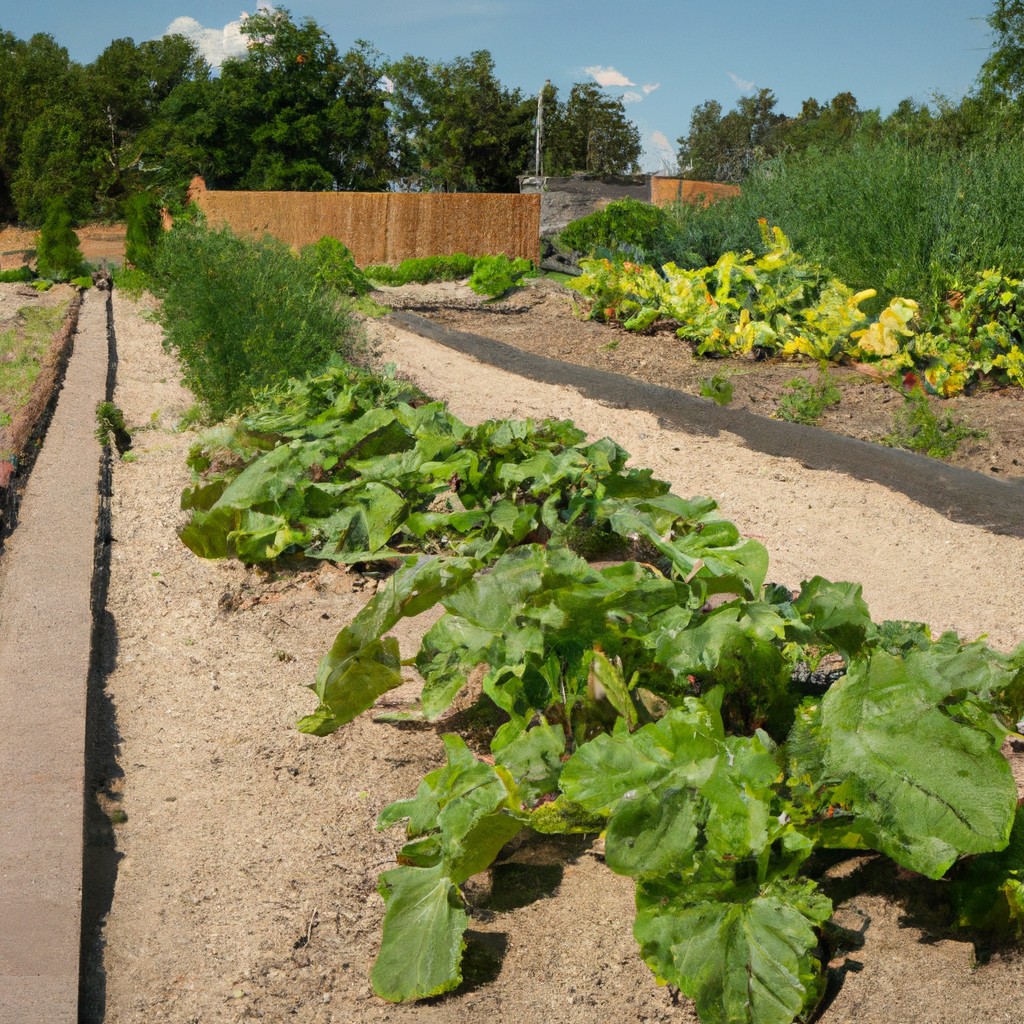Stay on top of modern farming trends with contemporary agriculture’s blend of innovative technology, sustainable practices, and exciting potential for the future.
Look Inside:
Debates Surrounding Agricultural Innovations

One minute, you’re using a drone to scout your fields, and the next, you’re in a heated debate over whether traditional scarecrows should be unionizing. Ah, the joys of agricultural innovation!
Modern agriculture constantly juggles new technologies with age-old methods. Supporters of tech advancements argue they can increase yields and make farming more sustainable. Who wouldn’t want more corn-for-the-popcorn-bowl?
Critics, however, caution about over-reliance on technology. They worry it could lead to monocultures or loss of biodiversity—because nobody wants a planet that’s only home to corn and soybeans.
Then there’s the challenge of balancing the environment and profit. It’s like being told to save the world while balancing a chicken on your head—sounds fun until the chicken wants overtime pay.
As agricultural innovation charges forward, there’s a spirited dance between tradition and technology. Just remember: when advancements come knocking, ask if they brought snacks for everyone.
Biotechnology
Picture this: scientists in lab coats wielding microscopes and test tubes like agricultural wizards. They’ve whipped up a smorgasbord of plant varieties, more resilient to pests and diseases and capable of producing larger yields. All without the help of a magic wand!
Gene editing tools, like CRISPR, allow precise tinkering with plant DNA, snipping away undesirable traits like a gardener pruning roses. It’s an approach that adds spice to traditional breeding without the years of waiting. Faster results, more abundant harvests, and fewer sleepless nights for farmers worrying about diseases wrecking their crops.
But the benefits aren’t just limited to growth and yield. Enhanced nutrition in crops is a game-changer. Imagine rice fortified with vitamins crucial for health. It’s like turning a humble grain into a pantry superhero!
Not just plants receive this scientific makeover. Livestock get the royal treatment too. Selective breeding improves their resistance to diseases, making for happy cows and cheery chickens.
It’s technology serving up a healthier, more robust food supply. Now, that’s something you can sink your teeth into!
GMOs
Imagine a tomato with a superhero cape, but instead of fighting crime, it’s resisting pests and surviving drought. That’s the kind of magic genetic modification conjures. Genetic alterations in crops aim to enhance desirable traits.
Firstly, resistance. Think of it as teaching plants martial arts to fend off insect adversaries without breaking a sweat.
Second, nutrient enhancement. Crops with an extra dose of vitamins—like rice with a hidden treasure chest of vitamin A. No need for kale smoothies when your rice is so nutritious.
Third, farmers get a helping hand; better yields while using fewer resources. It’s like farming on easy mode.
Finally, there’s the love-hate drama. Some view GMOs as a hero rescuing the global food crisis, while others see them as the villain storming in uninvited. But as with every soap opera, the tale is complex and loaded with emotion.
Aquaculture
Gone are the days when fish were only found in the sea! Modern ponds have a tech upgrade and a funny new name, aquaculture. This is like farming, but for fish and shellfish, a wet and wild adventure. With nature’s waters plagued by overfishing, aquaculture comes to the rescue, putting fish back on our plates without sinking the ship.
Here’s why it’s making waves:
It allows for controlled environments, like a snazzy fish resort, complete with filtered water and temperature control, ensuring fish don’t have ‘bad scale days’.
Efficient space use means you can pack a heap of fish into a small area. It’s like a bunch of sardines happily fitting into a tin, minus the oil.
Aquaculture reduces pressure on wild fish populations. So, Nemo can safely find his dad without becoming someone’s dinner.
Innovative methods like integrated multi-trophic aquaculture might sound like gobbledygook but are actually pretty nifty, recycling waste into nutrient-rich morsels for other aquacultured species.
By producing food locally, it cuts down on those pesky carbon footprints from importing seafood. Now that’s guilt-free sushi at its finest!
Influences On Food Production and Consumption
Weather is the ultimate prankster in the realm of food production. You think you’re good, then surprise, it’s hail in summer. While we’re busy dodging raindrops, consumer preferences also play puppet master. There’s a growing appetite for organic and local foods that’s nudging farmers towards more environmentally friendly practices, making farmers both eco-warriors and delivery specialists in the fight against everything packaged.
Then there’s government policies. They decide what’s in vogue by incentivizing certain crops just like giving broccoli a spotlight in a vegetable rock concert. And the global market? It’s like a whirlwind romance—suddenly everyone wants quinoa and avocados. Demand spikes, and farmers are whirling to keep up. Lastly, tech innovations act like the fairy godmother, transforming data and machinery so production can keep its royal ball rolling smoothly.
Each factor, even if it’s wearing mismatched socks, steers how and what’s planted, harvested, and served. Who knew food was such a diva?




